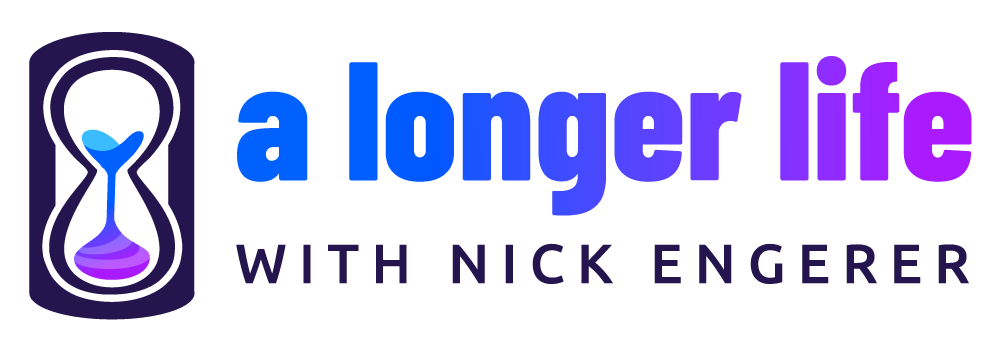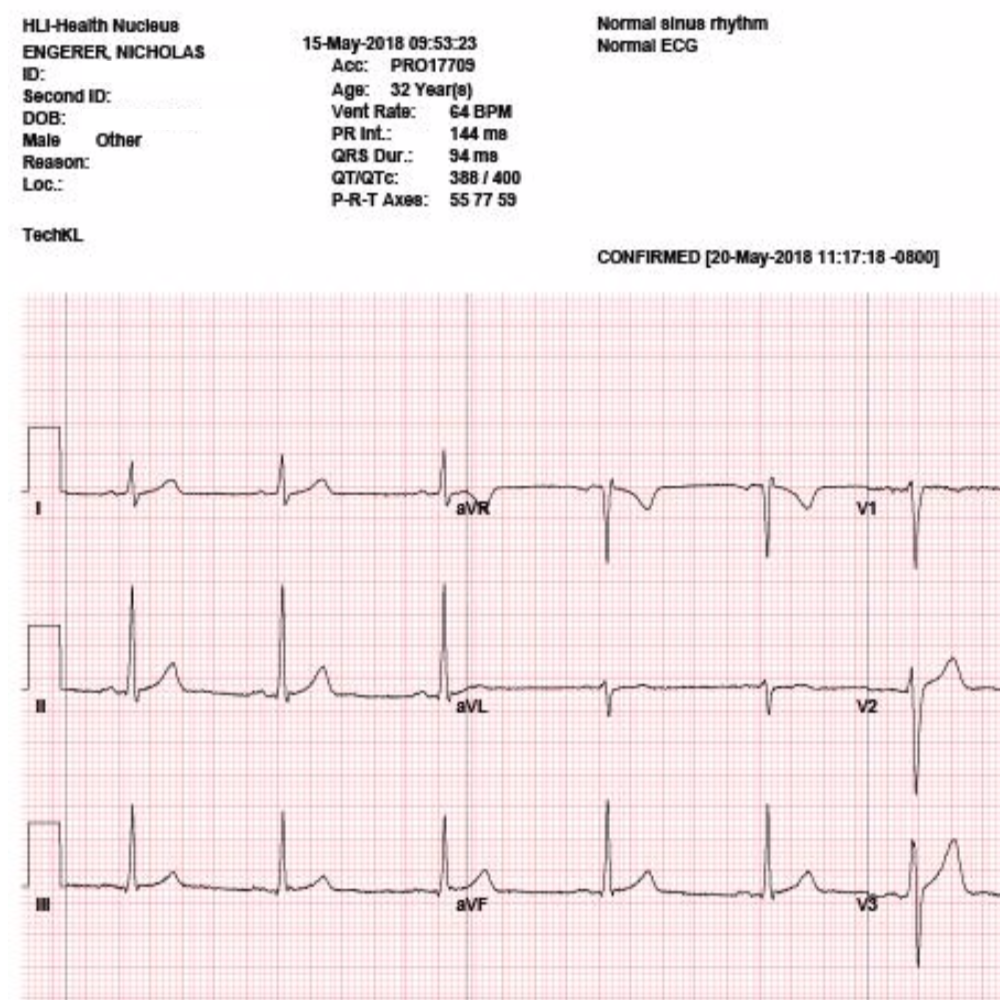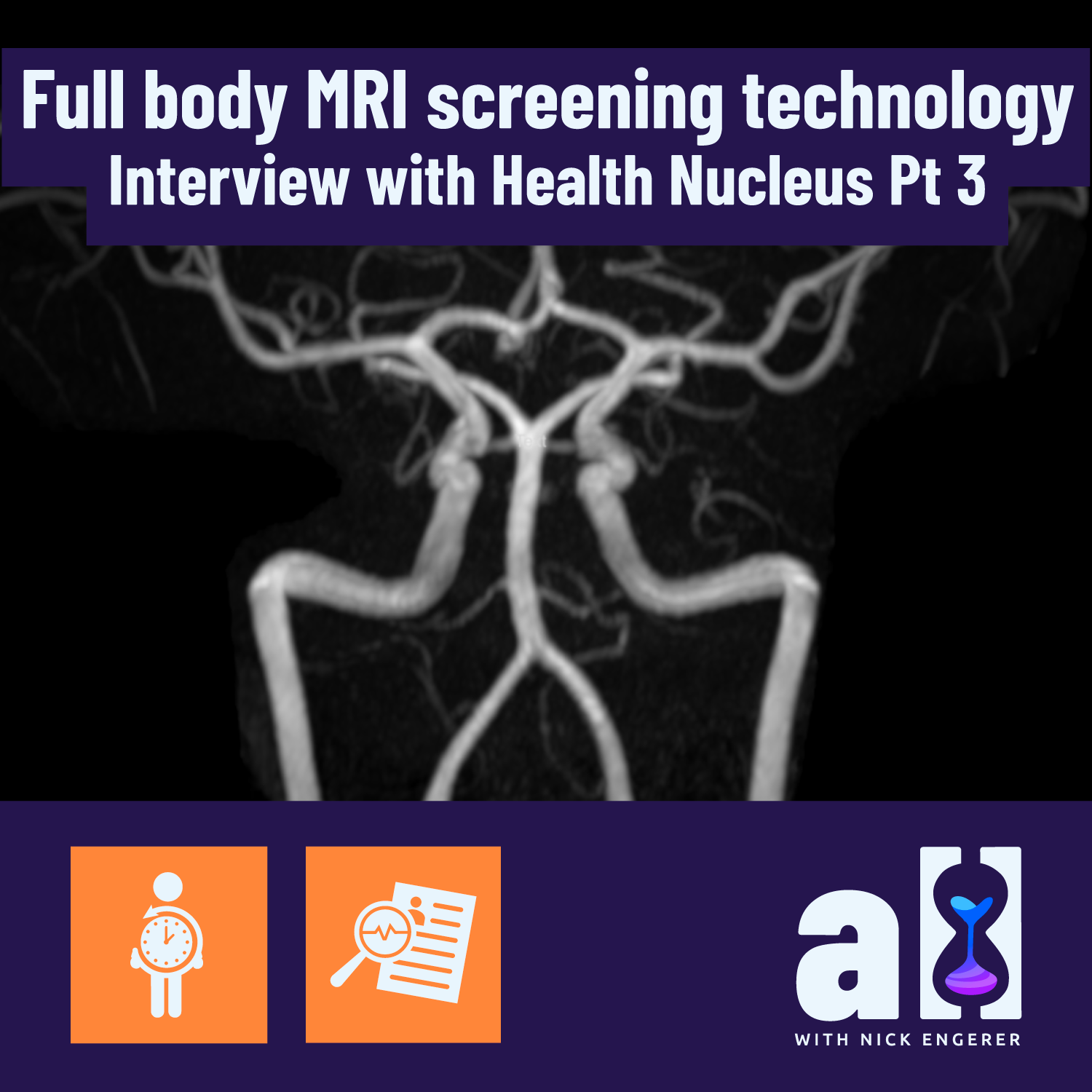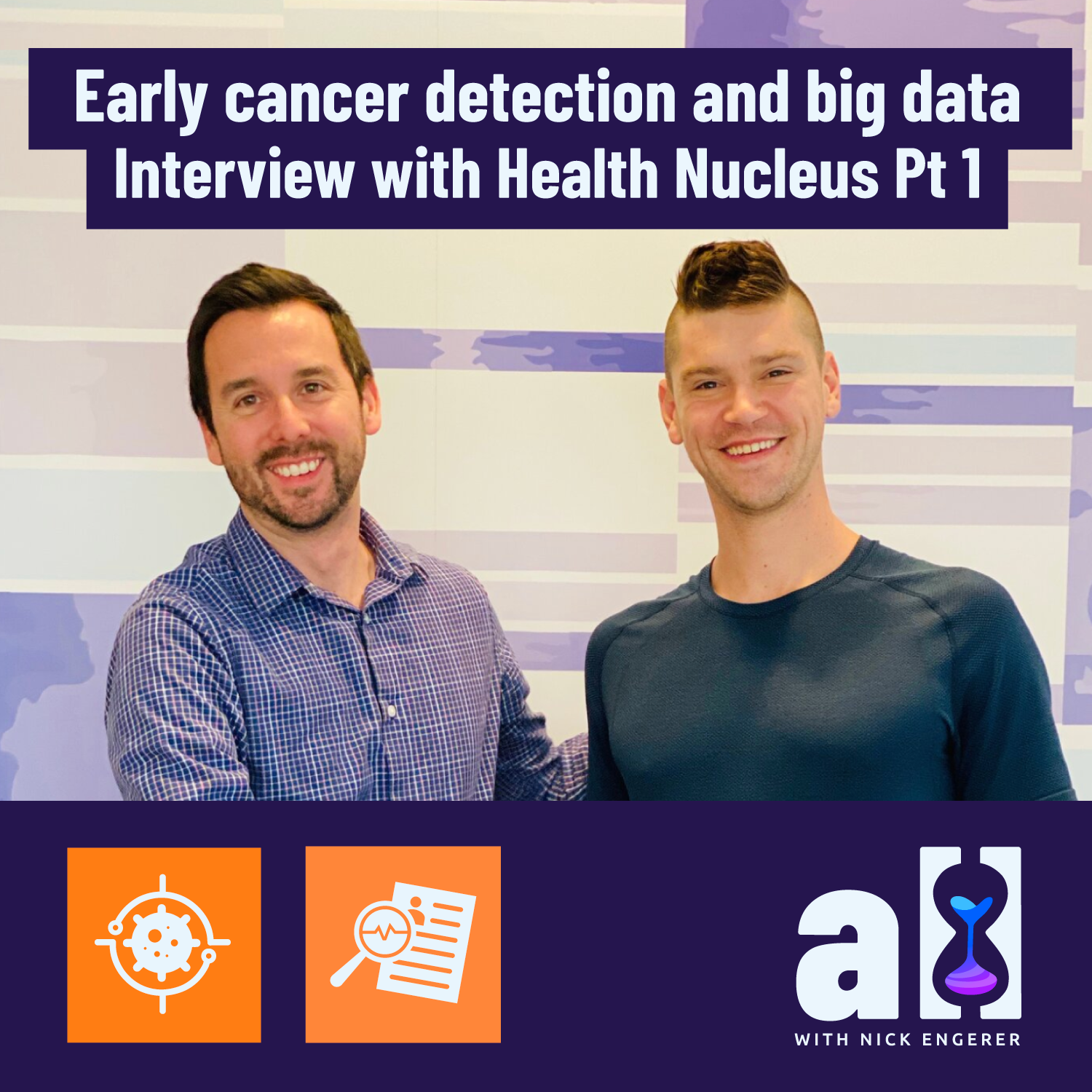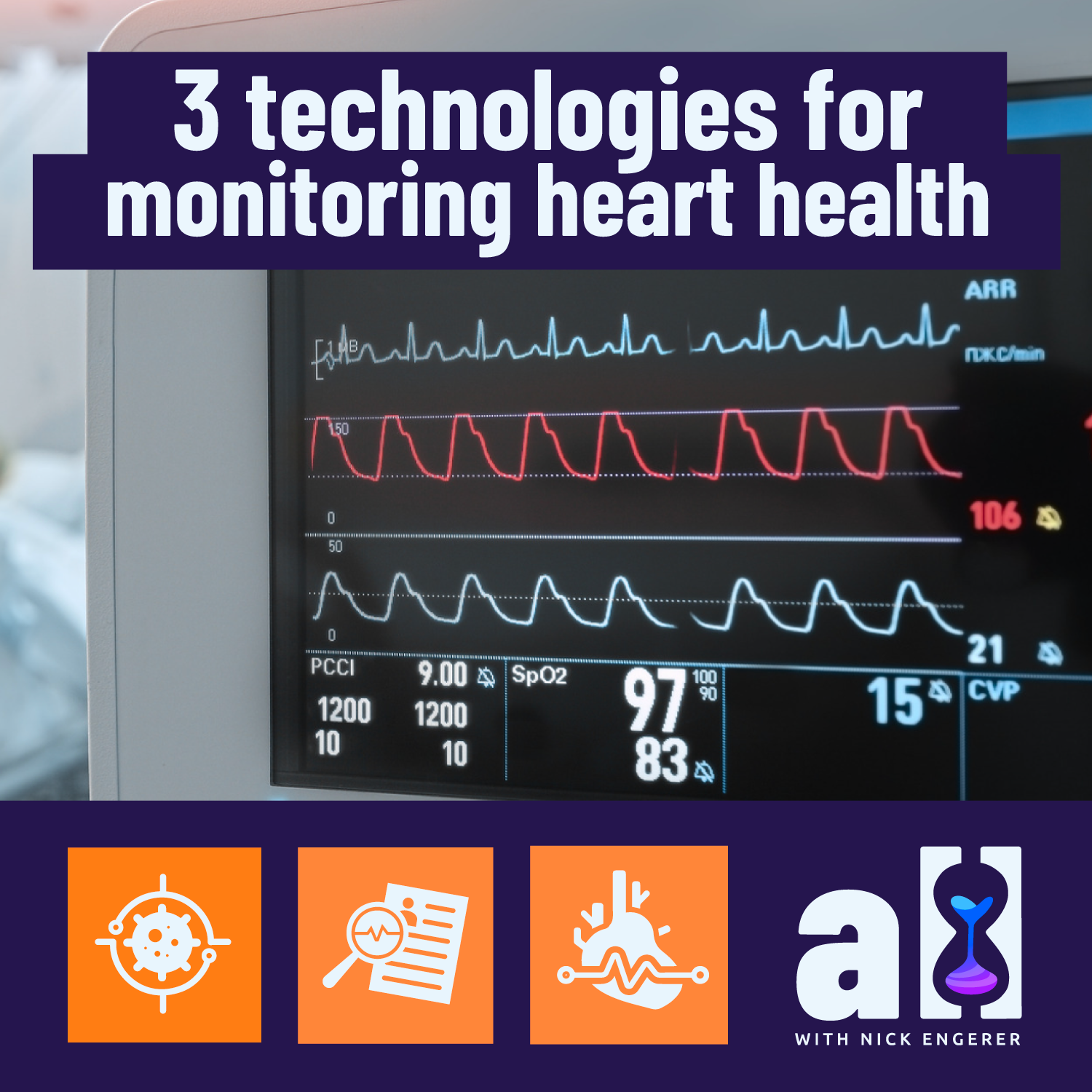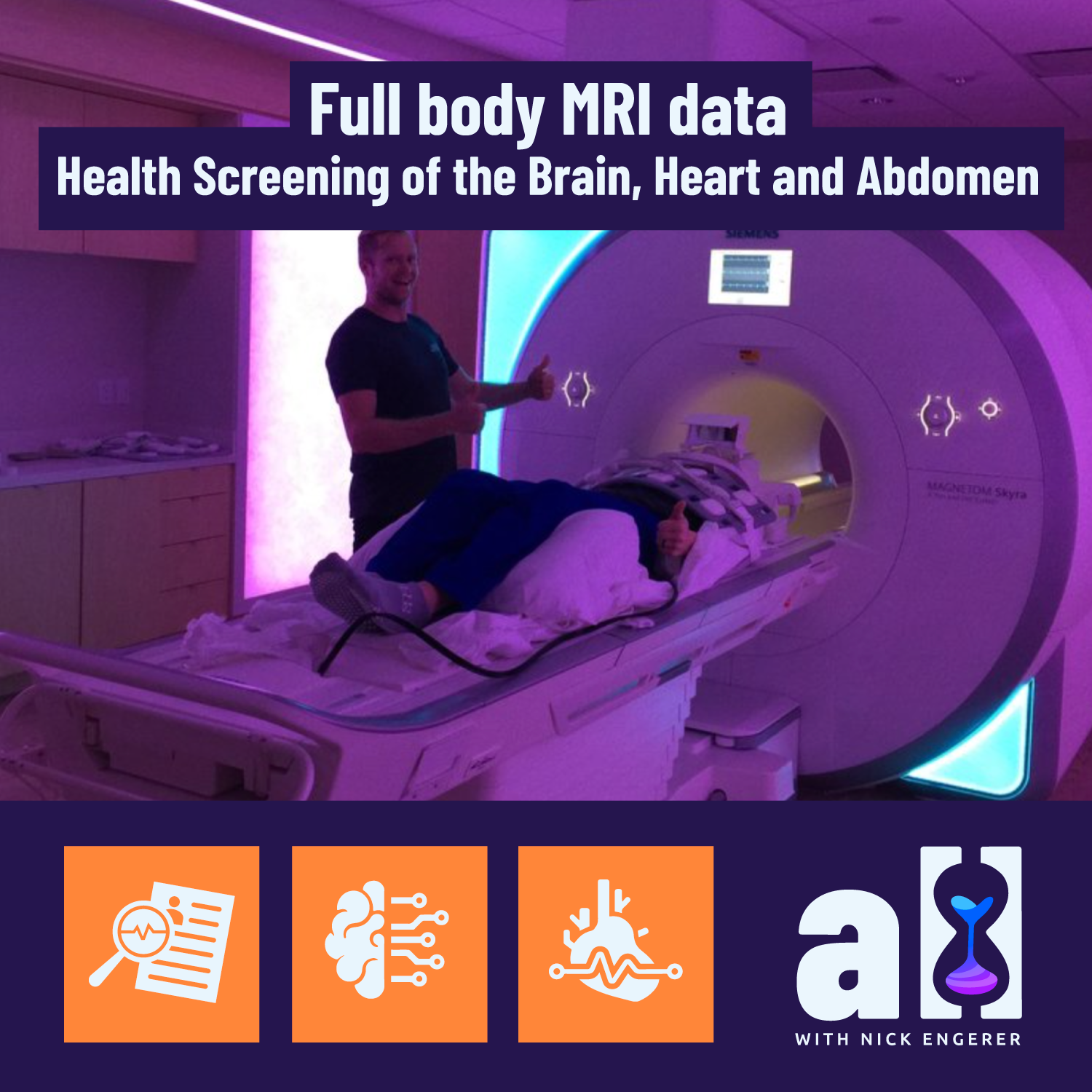3 Technologies for Monitoring Heart Health
Three heart health technologies looking after your ticker
Monitoring heart health is a top priority. When it comes to listing your vital organs - those needed most for your overall well-being and the joy of being alive, the heart comes up at the top of the list (along with your brain, liver, kidneys…).
It should be at the top of the list for all longevity enthusiasts keen to look after their long-term health. But what technologies are accessible and valuable for this purpose?
Heart Health and the EKG
Health Nucleus EKG results for Nick were all fine and dandy!
An EKG is short for ‘electrocardiogram’. The EKG is on the frontlines for assessing heart health, and is particularly valuable in the case of an ongoing heart attack.
An EKG is completed by checking the electrical activity of the heart by attaching several small sticky electrode pads to your arms, chest and legs.
The EKG provides the following information:
Analysis of blood flow to your heart muscle
The electrical signals of heart rhythm
A first line of detection for abnormalities
Detect electrolyte imbalances
What’s fascinating about EKGs is how accessible the technology has recently become.
Perhaps the biggest impact on accessibility of this test has been made possible by the Apple Watch, for which Series 4 and above have EKG capabilities
But the Apple Watch is not alone! Several other ‘test at home’ technologies are also available. “Emay” is another technology brand which has entered the space.
They have an impressively compact and slick device, which we personally prefer over the Apple Watch due to its lower cost and dedicated function (does an iMessage on your wrist help your heart health?).
Don’t get confused about the “ECG” term, EKGs and ECGs are the same test.
Heart Health and Cardiac MRI
In an earlier post we discussed the merits of full body MRI and cardiac MRI.
Example of Nick’s cardiac MRI findings. Note the very particular measurements of the heart anatomy.
MRI stands for magnetic resonance imaging. A heart or cardiac MRI looks into the structures of the heart and its neighbouring blood vessels in great detail.
A Heart/Cardiac MRI is used to diagnose/check for:
early signs of heart disease
assess the the heart for any signs of damage
detect any imminent heart failure or defects
assess inflammation of the membrane lining the heart
While you certainly can’t perform a cardiac MRI at home, you can work with organisations like the Health Nucleus or a specialist to have these tests completed.
Heart Health and THE ZIO
Wearing the Zio
Two weeks of detailed heart-rate data, under all conditions - exercise, rest, day-to-day activity. Including tracked events where Nick pushed the button for closer inspection in the report (see below).
As a part of Nick’s preliminary Health Nucleus visit, he was sent away with a small stick-on device called a ‘Zio’ that he wore for two weeks.
The Zio watches heart-rate in great detail and and includes the ability for the user to track events of interest by clicking the device.
Nick noted he ‘clicked’ the button on a few events where his heart-rate seemed to pick-up and beat hard after lying down in my bed.
He’d actually noticed these events for most of his adult life, and had passing concern about what that indicated about my heart/body health.
Those events have now been analysed in great detail and revealed no underlying heart driven worries.
The Zio device is attached with a gentle adhesive which did not cause any skin irritation.
Beyond having to ‘bag’ the device in order to take a shower (covering it with plastic and tape), it is a very easy device to manage.
Notes from Nick: “Those ‘Black dots’ are regions where I clicked the button for closer inspection. These were events where I noticed my heart-rate seeming to pick-up, or be more noticeable after lying down in my bed.
I’d noticed these my whole life - now I know they have no underlying heart driven worries and can rest easy :)”
Zio IRhythm overall report after two weeks
Nick’s Zio report. 175bpm during an intense workout. 52 bpm minimum recorded during the overnight.
 |
FDA & TGA DISCLAIMER
This information is intended for educational purposes only and is not meant to substitute for medical care or to prescribe treatment for any specific health condition. These blog posts are not intended to diagnose, treat, cure or prevent any disease, and only may become actionable through consultation with a medical professional.

